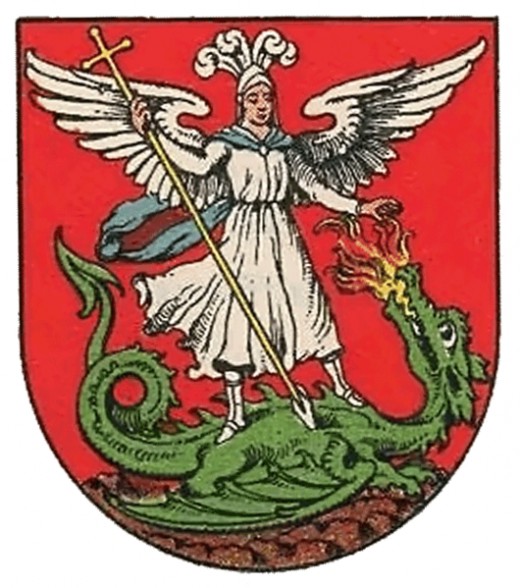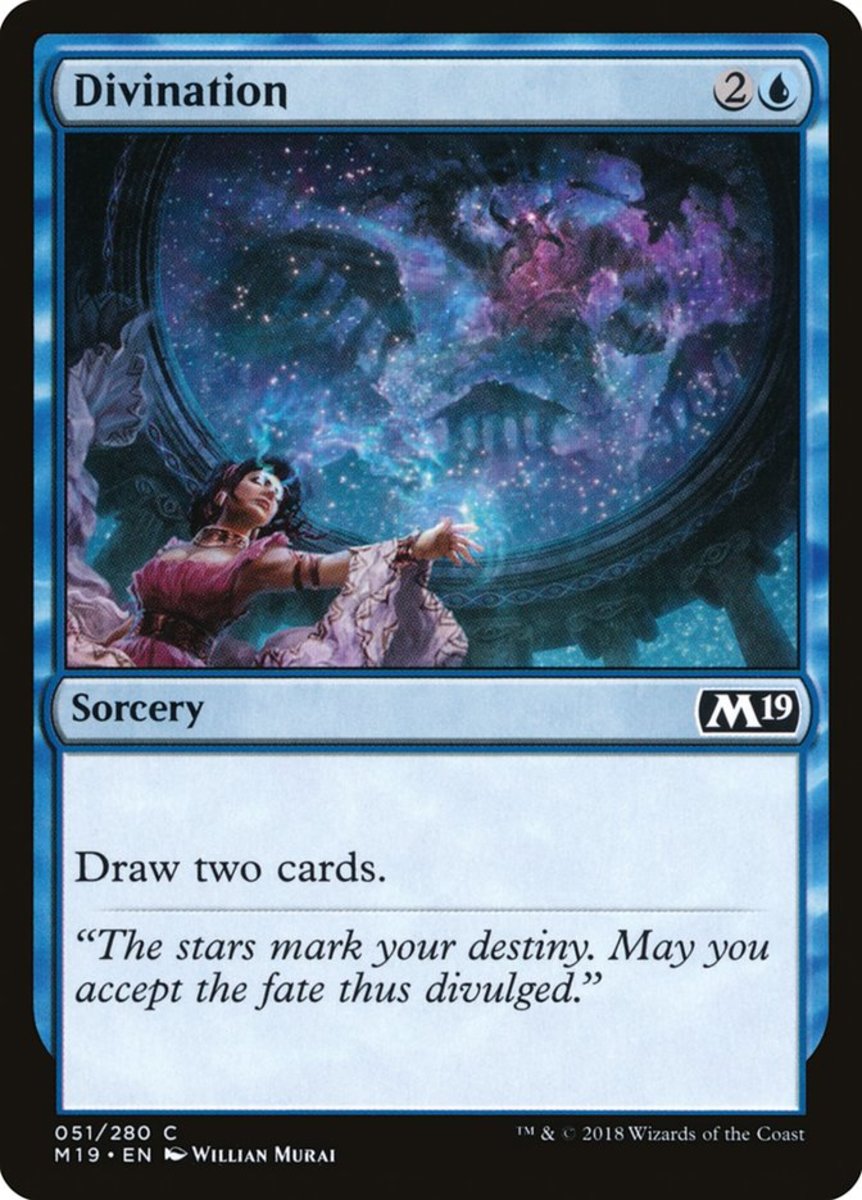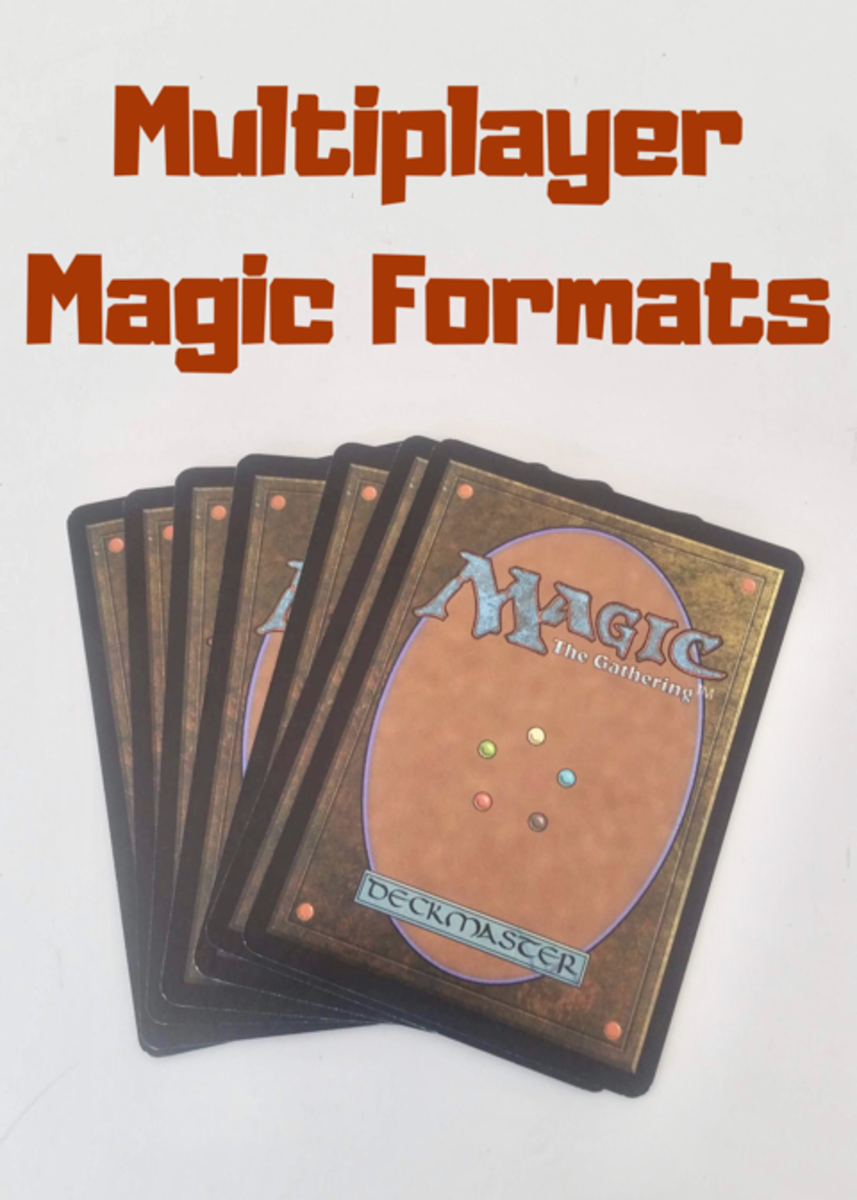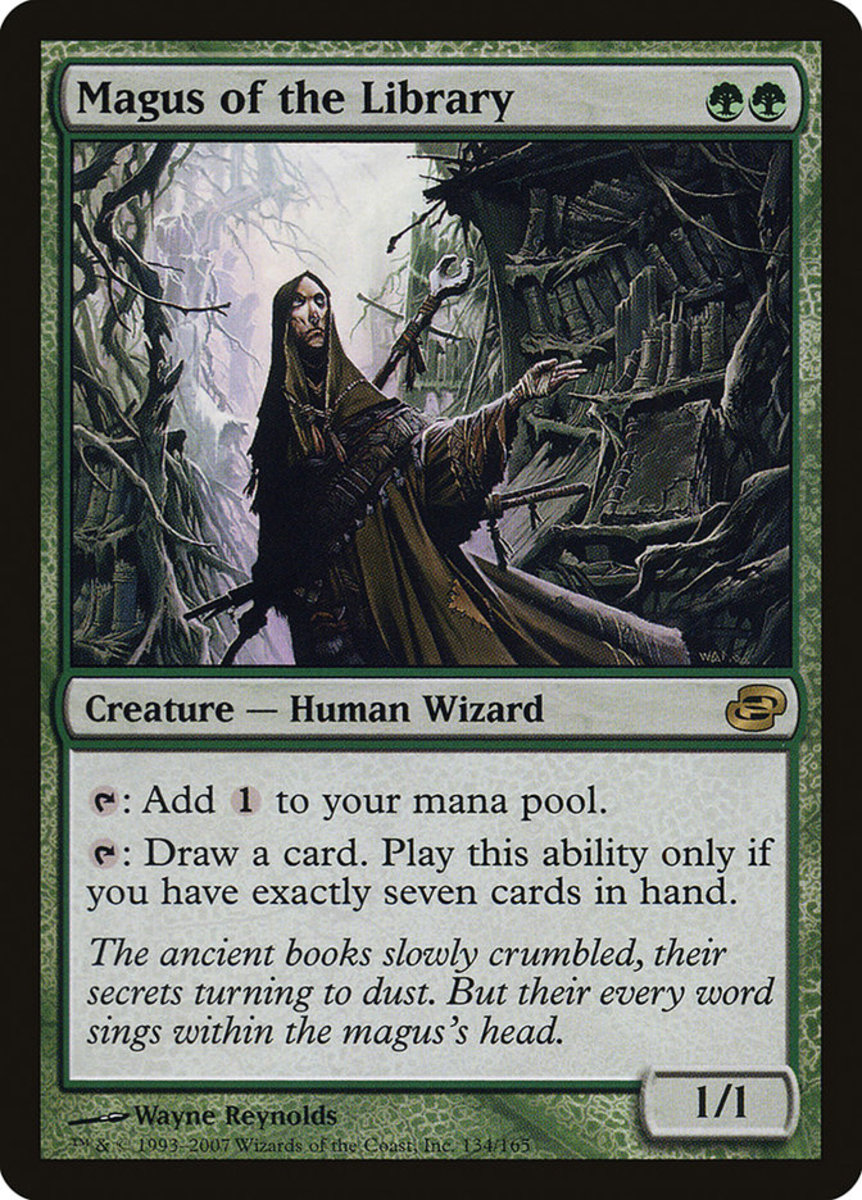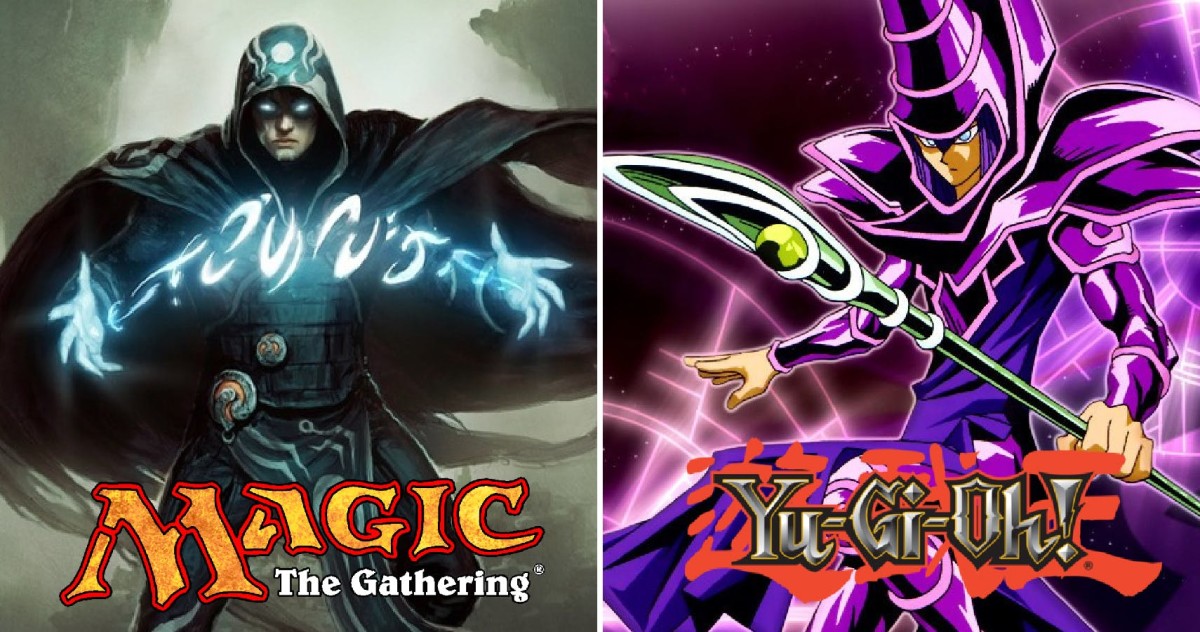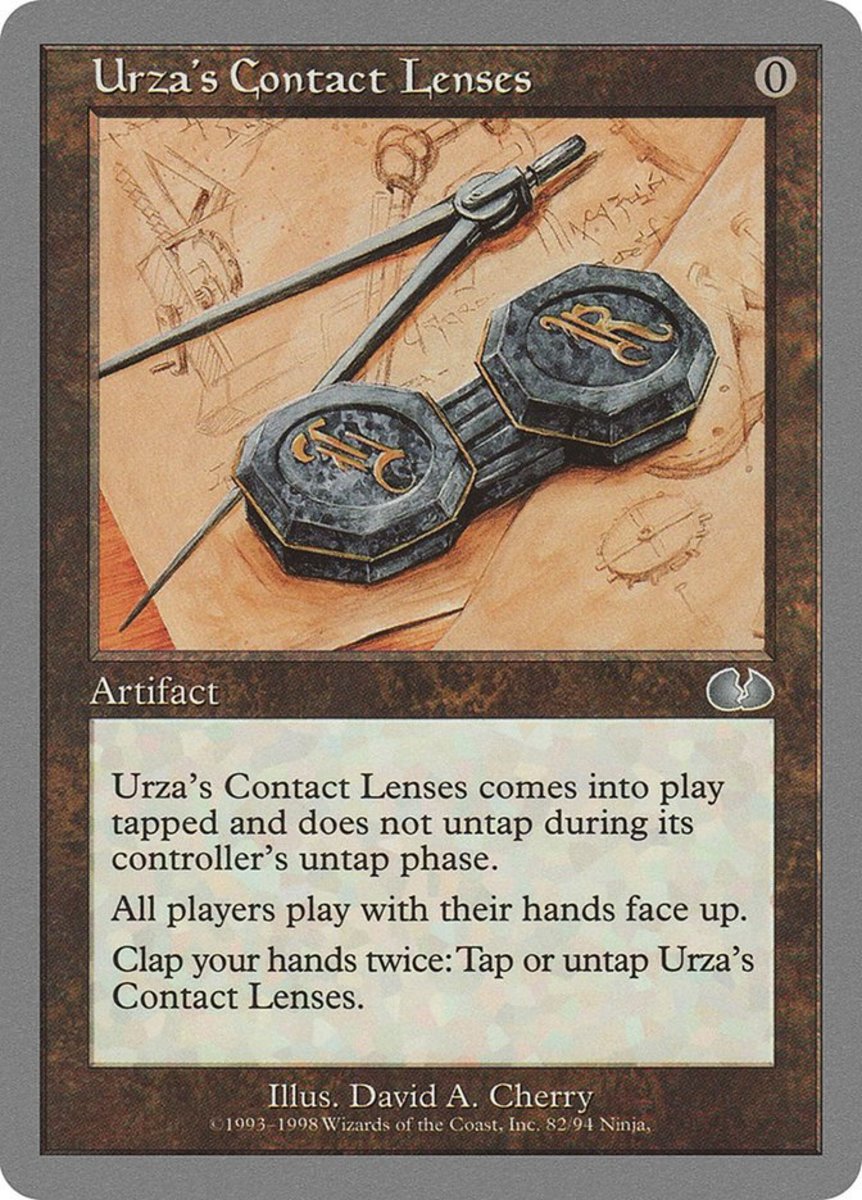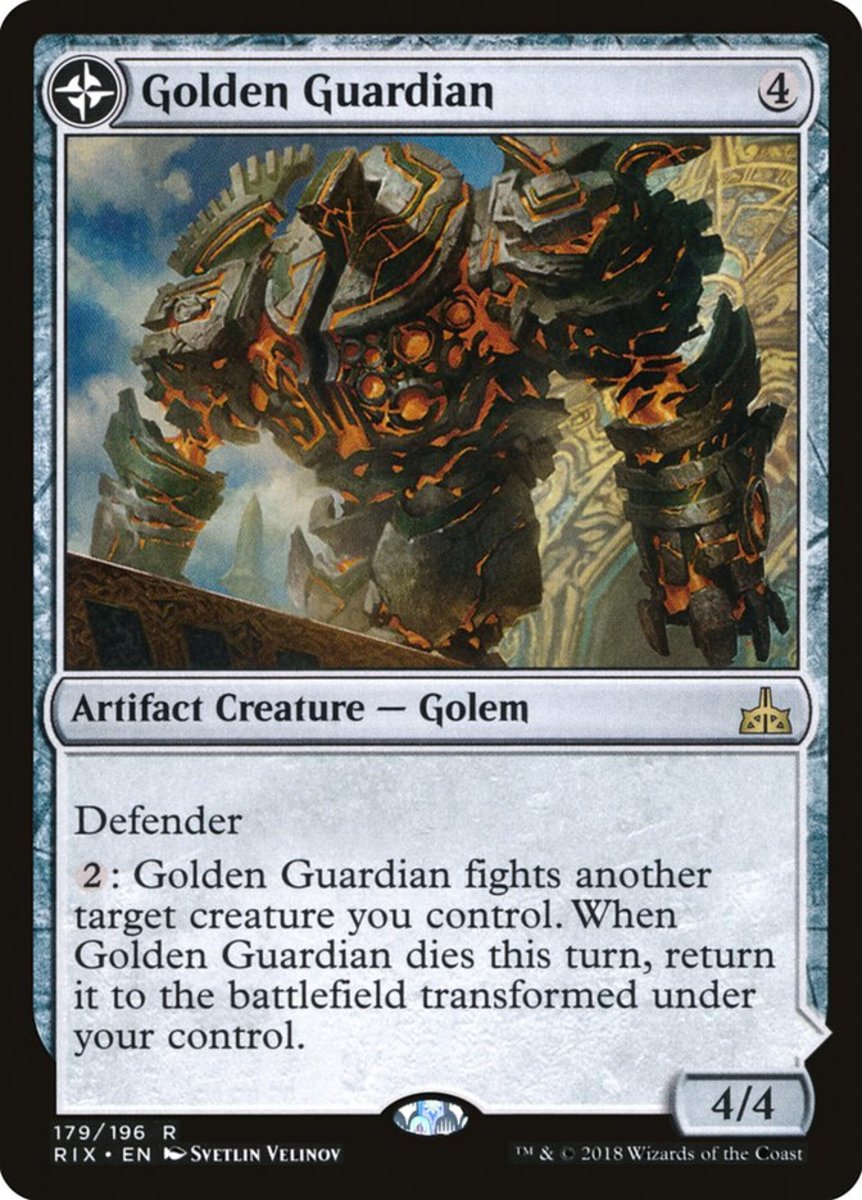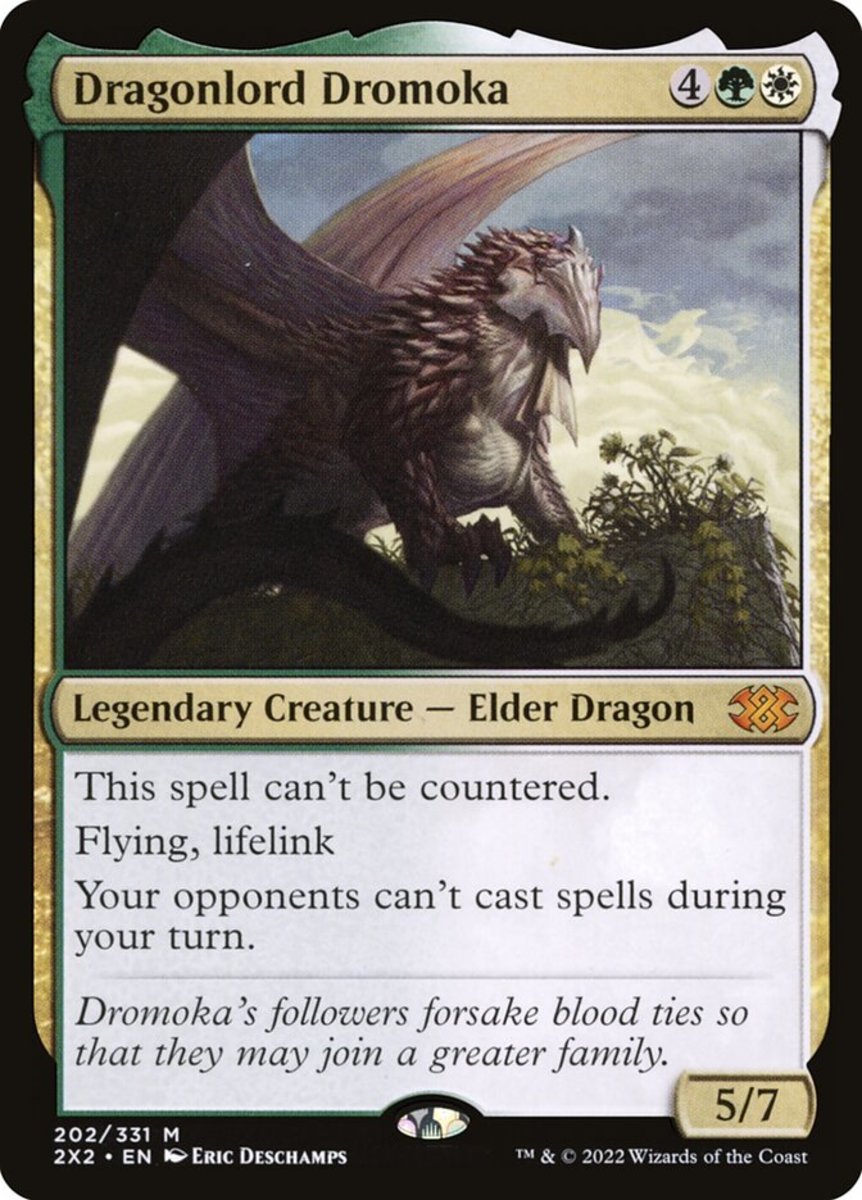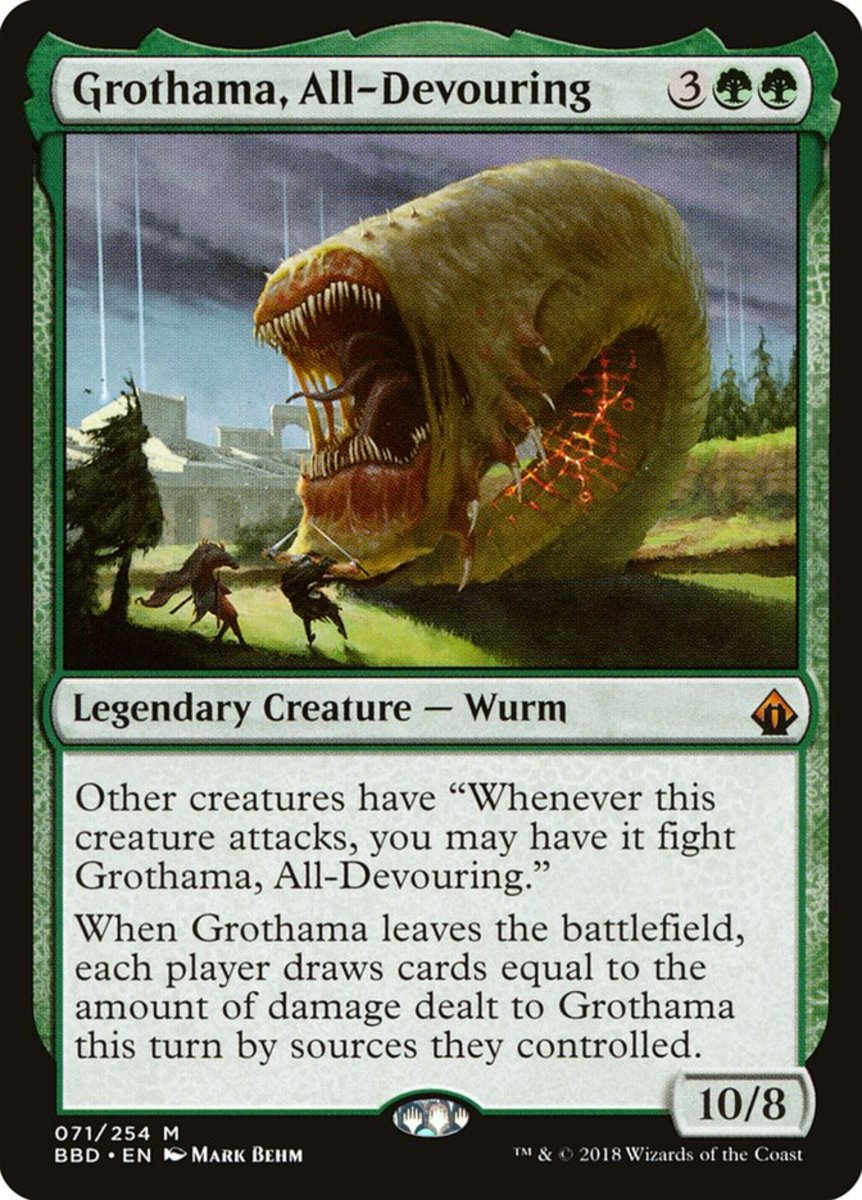- HubPages»
- Games, Toys, and Hobbies»
- Card Games»
- Collectible Card Games
Comprehensive Magic the Gathering Guide
I've written extensively on Magic the Gathering here on hubpages and so
have several other hubbers. This page is going to try to bring all that
work together. First things first, learn to play magic here.
Wizards of the Coast has done a comprehensive job in telling players
all the rules, magic the gathering products, and the basics of deck
construction. This hub is going to focus on strategy in Magic the
Gathering. I also include specific deck lists I've constructed and wrote
about on Hubpages. Currently this includes two land destruction decks, an
Urzatron deck, Dredge, and three
multiplayer decks that have a heavy
interest in the multiplayer metagame
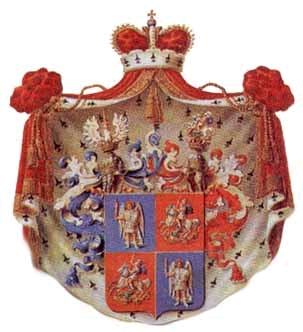
Deck consistency in Magic the Gathering
I have done a much larger attempt at explaining mtg strategy in a previous hub. I think a brief recap is in order. Magic the gathering has a great deal of card synergy. In order to take advantage of how certain magic cards work together, you need one overarching theme. If you split deck strategies you might make a fun deck, but it won't be as competitive as a holistic, single themed magic deck. A deck needs to have one strategy, one general method of killing the other player. Whether that strategy is beating your opponent with a multitude of weenie tokens or delaying your opponent until they run out of cards to draw, it's done best when the the deck is consistent. I discuss achieving that consistency (along with maximizing your deck's effectiveness) in that article the above mentioned magic strategy article. What I discuss here are magic's various strategies, boiled down.
Basic Duel Deck Archetypes in Magic the Gathering
There have been a lot of terms for magic deck formats and strategies. Some players have whittled down that strategy to four types: weenie, beatdown, tempo, and control. A weenie deck wins by the sheer number of its creatures. Beatdown is an attempt to win through sheer power of a small number of magic cards. Tempo tries to deal lethal damage more efficiently than the opposing magic deck. Control focuses its resources in shutting down its opposing deck rather than an offensive strategy.
Another schema for classifying magic decks is combo, aggro, and control. "Aggro" decks are aggressive: their strategy is to reduce the opponent's life to 0 as quickly as possible. The control deck is defensive. It's goal is to shut down the opponent's deck to the point where any threat they play will hatchet away at an opponent's life. The combo deck wins by a potent synergy of specific magic cards that will immediately or almost immediately kill the opponent.
The differences in these playing styles can cause quite a bit of friction among players not used to opposing styles. Personally I don't like magic games unless I have to work for my victory. Thus I dislike both combo decks that win automatically after acquiring their combo and ruthlessly efficient but mindless aggro decks. I also find people whiny about control decks. I favor a good combination of control and aggro or control and combo, especially the blue/red color combination.
I have discussed two control decks: a monored land destruction and a monogreen one. I have discussed the Tron combo and the tournament worthy Dredge combo
(within my reanimator deck hub). I'm personally at a loss at making a
good aggro deck. It's probably from the fear that my deck might be
boring and a lack of effort. I'll point a link here as soon as I get a
remarkable aggro deck. For now check out Standard's potent "Red Deck Wins" for a ruthless aggro deck.
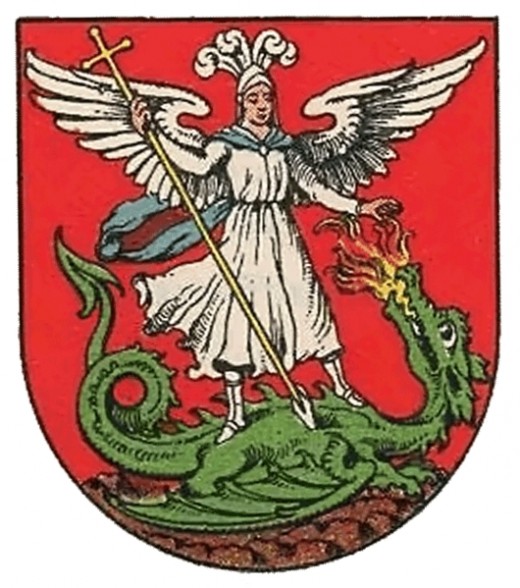
Basic Multiplayer Magic Archetypes
Multiplayer games in magic have a bit more flexibility. A schema has been worked out in animal metaphors: Cockroach, Gorilla, Rattlesnake, Spider, Plankton, and Pigeon. The Cockroach strategy is one of deliberate mediocrity. The Cockroach stays under the radar while the big powerful guys beat each other up. You know how cockroaches are supposed to survive a nuclear blast? You get the idea.
The Gorilla and the Rattlesnake strategies are openly hostile. They do not hold their threats back. The Gorilla strategy tries to kill every player on the board (despite the fact that you only need to kill one player in a group game: the last one). Gorillas delight in no holds barred competition. The Rattlesnake displays his power but only as a means to threaten and bully other players. "Oh you're going to attack me?" The Rattlesnake player asks, "I guess I'll just have to use my Pernicious Deed on you."
The Spider, Plankton, and Pigeon are more defensive. The Spider doesn't make obvious threats, rather takes advantage of traps and mistakes made by the opponent. The Pigeon plays cards that derive their strength from the number of players, usually taking advantage of the initial size of the game to amass life, cards, and tokens with which to beat the other players. The plankton deck plays cards that benefit everyone, or all opponents. The strategy is, "Why attack me when I'm helping everyone out?" A plankton player may help for fun, or may be waiting to stab you in the back. (One can't be sure until one knows the player.)
I've spent a great deal of time discussing multiplayer politics in mtg. Those discussions have included a multiplayer Spider deck, a combination Pigeon/Rattlesnake deck, and a Plankton Deck. The key to winning multiplayer is a combination of being a threat without looking threatening, and the ability to find the most threatening player and answering the challenge.
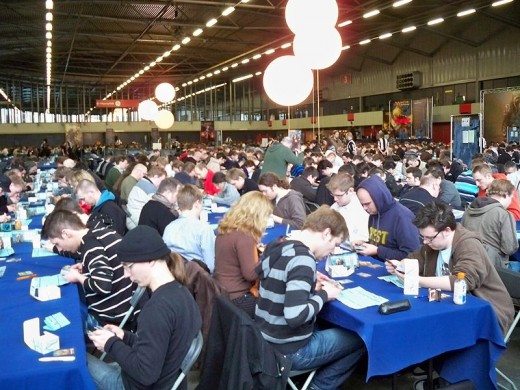
Mtg Tournaments:
Tournaments are great for the ruthlessly competitive magic player. Not only do they provide magic players a chance to compete, the pro tour mtg tournaments bring deck inspiration to a great deal of players via tournament deck lists. Tournament players face off in 3 game matches with 60 card decks and 15 card sideboards (cards which can be swapped in and out of decks between games). There are four major tournament formats:
The Eternal Formats: Legacy and Vintage
Eternal tournament formats, mean every set since the beginning of the magic the gathering (over 15 years ago) is eligible except for silver bordered cards and a banned/restricted list for the most broken cards. The difference being Vintage tends to restrict (limit a player to one copy in the deck rather than four) and Legacy tends to ban (no copies allowed).The other tournaments rotate out old sets for new ones. They are:
Standard Tournaments
These include the latest two block sets and the latest core set. Currently the standard tournament features: The Shards of Alara and Zendikar blocks, along with M2010 and M2011 (as of September 16). Alara and M2010 will leave the format once Scars of Mirrodin enters it (on Oct 1).
Extended Tournaments
feature 4 blocks and 2 core sets features: currently this is The Time Spiral, Lorwyn-Shadowmoor, Alara, and Zendikar Blocks, along with Tenth Edition, M2010, M2011. Tenth edition and Time Spiral are to phase out on Oct 1 when Scars of Mirrodin enters extended.
I don't have a standard or extended deck to discuss. However I have discussed a deck list capable of competing at the Legacy level in my Reanimator deck hub, known as Dredge.
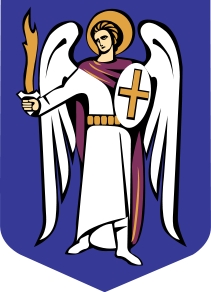
Hubpages Resources for Magic the Gathering.
Buying on a Budget: Magic is great fun but can be terribly expensive. Check out these ten tips to get the most from the game while on a budget.
Booster Draft Explained Duels aren't the only type of magic tournament out there. The booster draft is a format of constructed decks out of freshly open packs see
Deck Protector/ Protect your investment by protecting your cards. Deck protectors not only defend cards, opaque sleeves can keep your old cards from being marked.
Magic the Gathering: Archenemy. Wizards has a developed a three/four-players-against-one variant called Archenemy. Read more.
Card Resale: the money you can make opening up boxes and selling the rares can earn you money, read more.
On the web: Starcitygames.com should have your every need, from deck lists, magic products, singles, tournament coverage and more.
Wizard's of the Coast Gatherer database.
